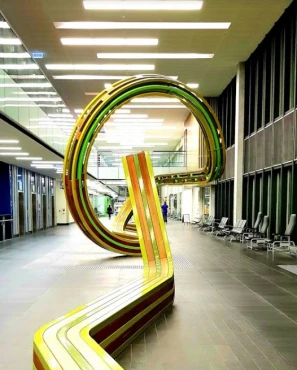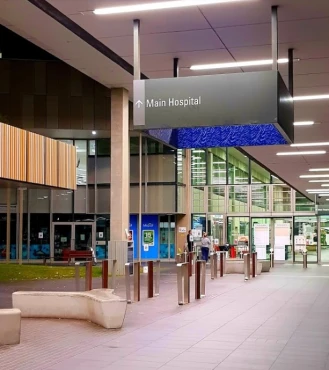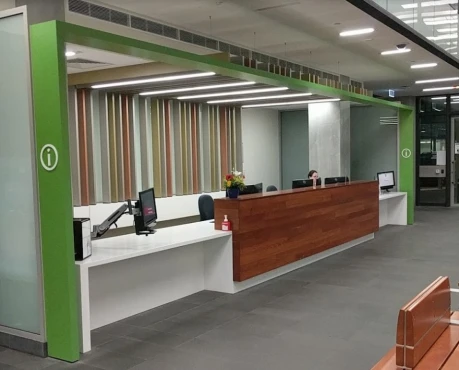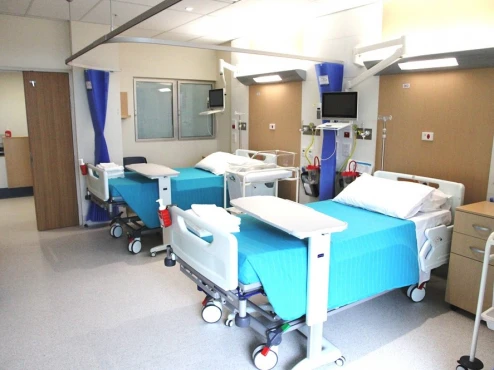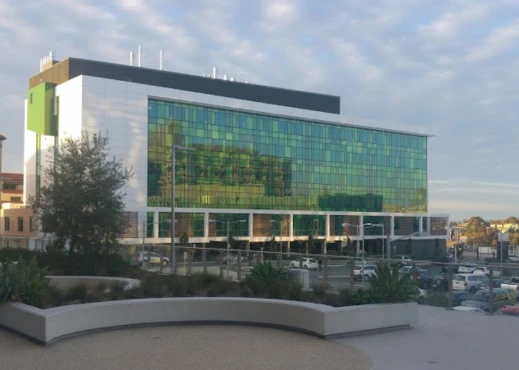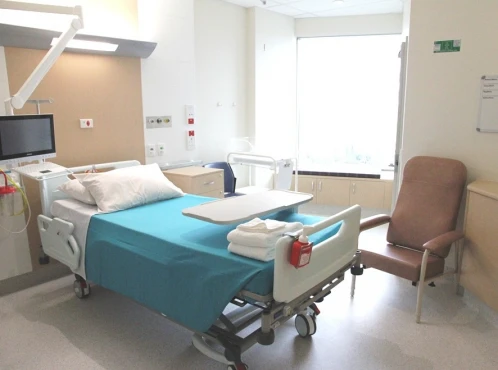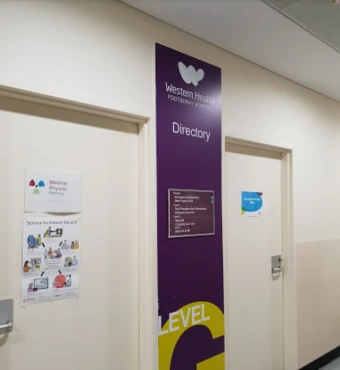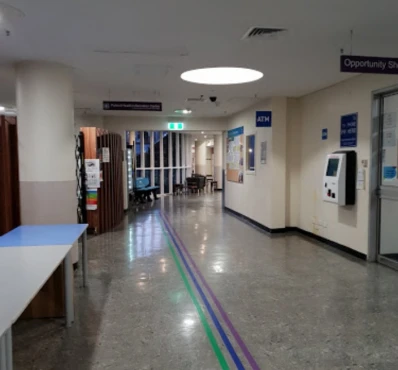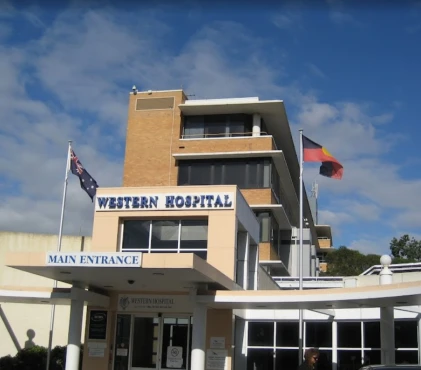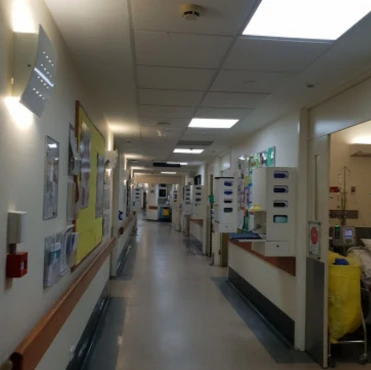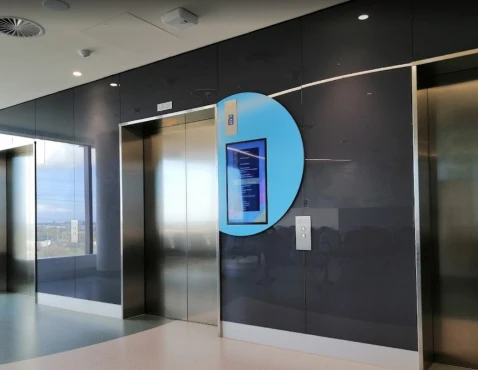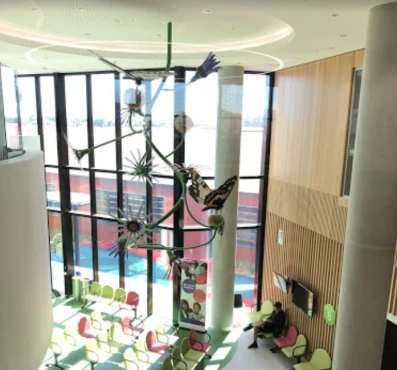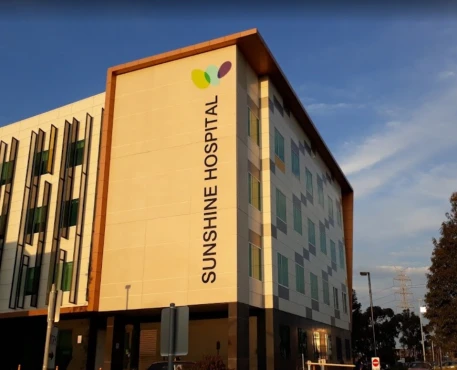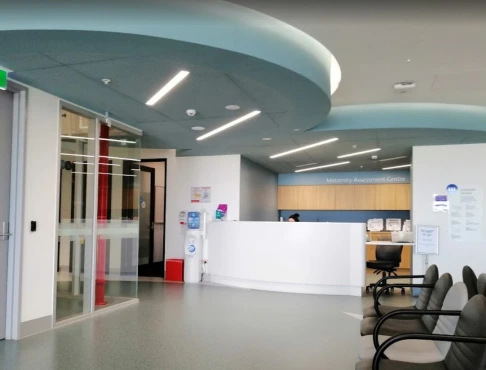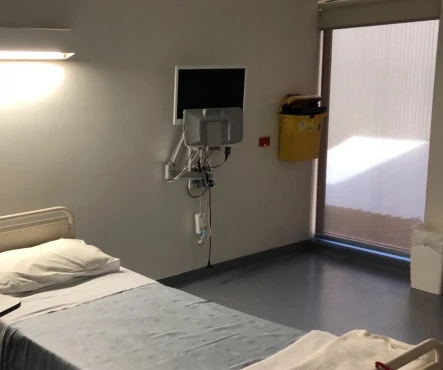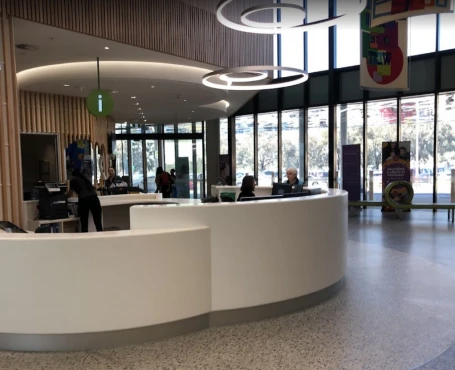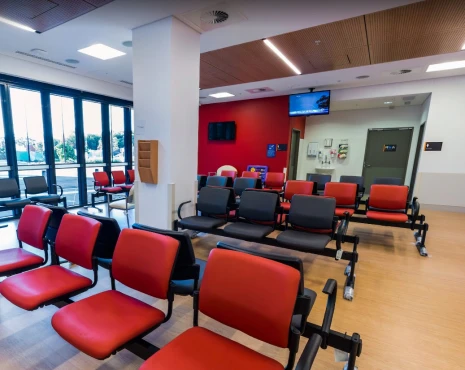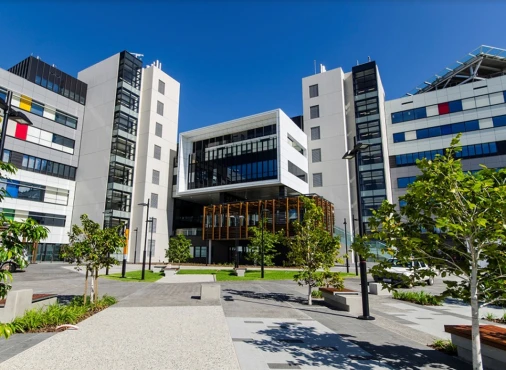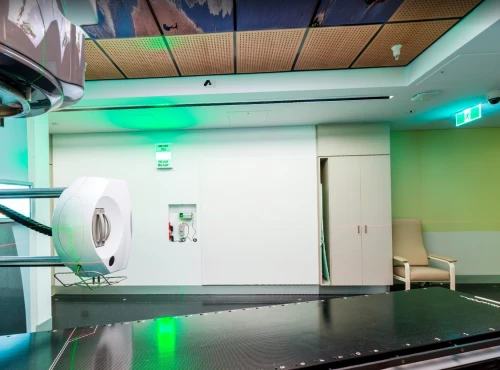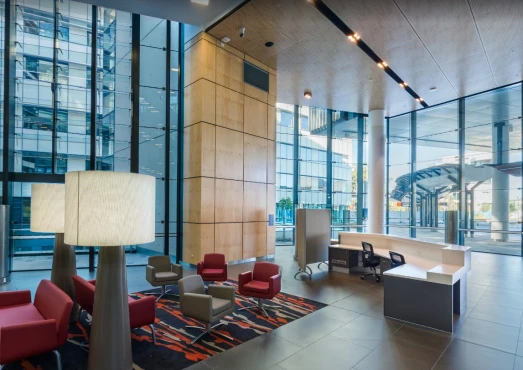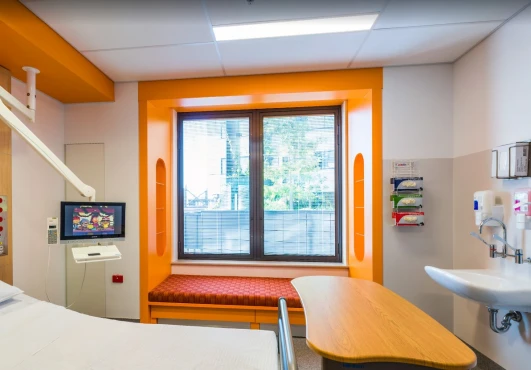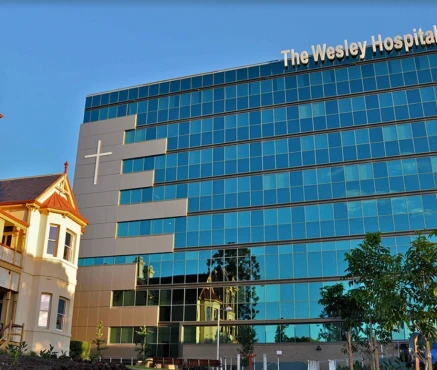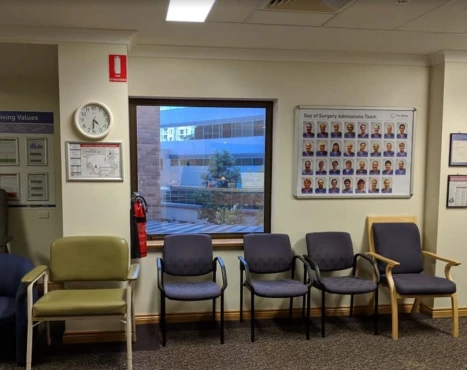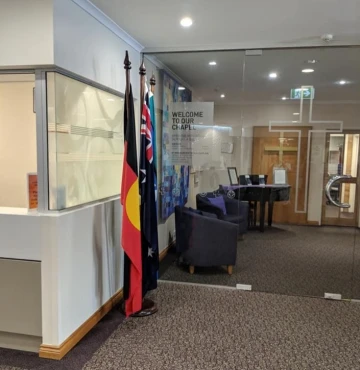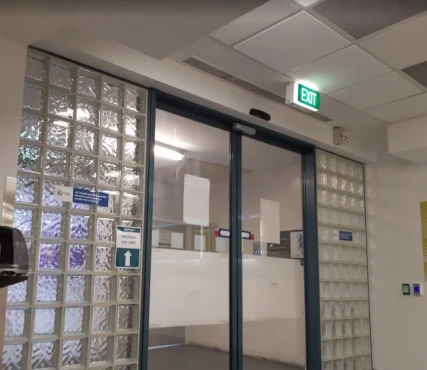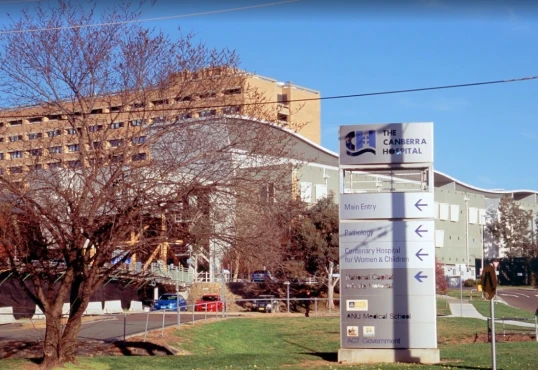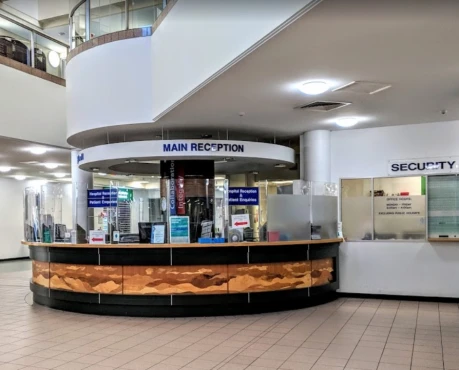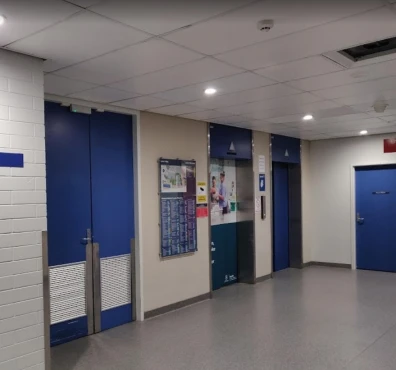Ventricular tachycardia (VT) treatment in 2 Cardiac surgery clinics in Murdoch
2 clinics specializing in Cardiac surgery providing treatment of
Ventricular tachycardia (VT)
Ventricular tachycardia (VT) is a rapid heart rhythm originating from the heart's ventricles. It can lead to palpitations, dizziness, and fainting. Treatment options include medication, cardioversion, or catheter ablation to restore normal heart rhythm and prevent complications.
Read more...
disease in Murdoch.
-
Cardiac resynchronization therapy with defibrillator (CRT-D)
≈ $41,143
-
Loop recorder implantation (ILR)
≈ $7,266
-
Loop recorder removal
≈ $5,324
-
Catheter cardiac ablation
≈ $13,256
-
Catheter cryoablation
≈ $37,313
-
Radiofrequency ablation (RFA)
≈ $33,739
-
Electrophysiology study (EPS)
≈ $8,470
-
Dual chamber pacemaker insertion
≈ $21,119
-
Coronary artery bypass graft (CABG)
≈ $39,422

-
Cardiac resynchronization therapy with defibrillator (CRT-D)
≈ $41,143
-
Loop recorder implantation (ILR)
≈ $7,266
-
Loop recorder removal
≈ $5,324
-
Dual chamber pacemaker insertion
≈ $21,119
-
Permanent pacemaker implantation
≈ $17,604
-
Cardiac catheterization
≈ $5,649
-
Percutaneous ASD closure
≈ $18,827
-
Percutaneous closure of ventricular septal defect (VSD)
≈ $25,170
-
Coronary catheterization
≈ $4,457
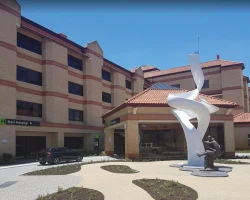
Nearby clinics in Australia
Perhaps you should consider the following clinics we have found nearby basing on your Location, Disease filters applied.
-
Cardiac resynchronization therapy with defibrillator (CRT-D)
≈ $41,143
-
Implantable cardioverter-defibrillator implantation (ICD)
by request
-
Change of defibrillator
≈ $15,496
-
Management of ICD system
≈ $2,827
-
Loop recorder implantation (ILR)
≈ $7,266
-
Loop recorder removal
≈ $5,324
-
Catheter cardiac ablation
≈ $13,256
-
Catheter cryoablation
≈ $37,313
-
Radiofrequency ablation (RFA)
≈ $33,739
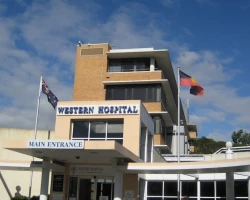
-
Cardiac resynchronization therapy with defibrillator (CRT-D)
≈ $41,143
-
Implantable cardioverter-defibrillator implantation (ICD)
by request
-
Change of defibrillator
≈ $15,496
-
Management of ICD system
≈ $2,827
-
Loop recorder implantation (ILR)
≈ $7,266
-
Loop recorder removal
≈ $5,324
-
Catheter cardiac ablation
≈ $13,256
-
Catheter cryoablation
≈ $37,313
-
Radiofrequency ablation (RFA)
≈ $33,739
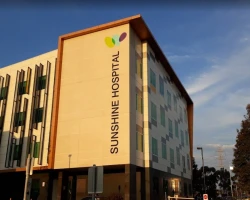
-
Cardiac resynchronization therapy with defibrillator (CRT-D)
≈ $41,143
-
Implantable cardioverter-defibrillator implantation (ICD)
by request
-
Change of defibrillator
≈ $15,496
-
Management of ICD system
≈ $2,827
-
Loop recorder implantation (ILR)
≈ $7,266
-
Loop recorder removal
≈ $5,324
-
Catheter cardiac ablation
≈ $13,256
-
Catheter cryoablation
≈ $37,313
-
Radiofrequency ablation (RFA)
≈ $33,739
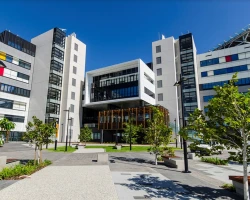
-
Cardiac resynchronization therapy with defibrillator (CRT-D)
≈ $41,143
-
Implantable cardioverter-defibrillator implantation (ICD)
by request
-
Change of defibrillator
≈ $15,496
-
Management of ICD system
≈ $2,827
-
Loop recorder implantation (ILR)
≈ $7,266
-
Loop recorder removal
≈ $5,324
-
Catheter cardiac ablation
≈ $13,256
-
Catheter cryoablation
≈ $37,313
-
Radiofrequency ablation (RFA)
≈ $33,739

-
Cardiac resynchronization therapy with defibrillator (CRT-D)
≈ $41,143
-
Implantable cardioverter-defibrillator implantation (ICD)
by request
-
Change of defibrillator
≈ $15,496
-
Management of ICD system
≈ $2,827
-
Loop recorder implantation (ILR)
≈ $7,266
-
Loop recorder removal
≈ $5,324
-
Catheter cardiac ablation
≈ $13,256
-
Catheter cryoablation
≈ $37,313
-
Radiofrequency ablation (RFA)
≈ $33,739
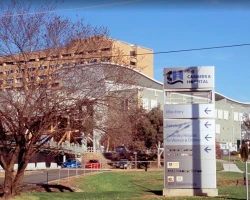
-
Cardiac resynchronization therapy with defibrillator (CRT-D)
≈ $41,143
-
Implantable cardioverter-defibrillator implantation (ICD)
by request
-
Change of defibrillator
≈ $15,496
-
Management of ICD system
≈ $2,827
-
Loop recorder implantation (ILR)
≈ $7,266
-
Loop recorder removal
≈ $5,324
-
Catheter cardiac ablation
≈ $13,256
-
Catheter cryoablation
≈ $37,313
-
Radiofrequency ablation (RFA)
≈ $33,739
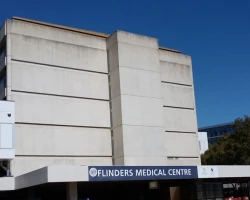
Clinics grouping by rating
Clinic with the highest rating of 3.7 — St John of God Murdoch Hospital in Murdoch, Australia, clinic with the most reviews number of 846 — Fiona Stanley Hospital in Murdoch, Australia.
With rating from 3.0 to 3.9 — 2 clinics.
Countries with the highest number of clinics treating the diseases:
Ventricular tachycardia (VT):
Related procedures:
Quick navigation
- Balloon angioplasty and stenting of aorta coarctation ≈ $24,577
- Cardiac catheterization ≈ $5,646
- Coil embolization of intracardiac shunts and fistulas ≈ $16,767
- Heart tumor surgery ≈ $37,775
- Intraaortic balloon pump (IABP) procedure ≈ $7,311
- Left atrial appendage occlusion ≈ $26,461
- NobleStitch™ PFO closure procedure by request
- Open-heart intracardiac foreign body removal ≈ $53,895
- Patent ductus arteriosus (PDA) open heart surgery in adults ≈ $17,123
- Percutaneous ASD closure ≈ $18,818
- Percutaneous closure of ventricular septal defect (VSD) ≈ $25,157
- Rashkind procedure ≈ $15,539
- Surgery for tetralogy of Fallot (TOF) in adults ≈ $22,437
- Surgical ventricular restoration (SVR) ≈ $32,840
- Transcatheter closure of patent ductus arteriosus (PDA) in adults ≈ $22,536
- Ventricular septal defect (VSD) repair ≈ $45,723
- Acute congestive heart failure
- Aortic valve insufficiency
- Aortic valve stenosis
- Arteriosystemic venous (AV) shunts
- Atrial fibrillation (AFib)
- Coarctation of the aorta (CoA)
- Coronary-pulmonary arterial fistula
- Left-sided heart failure
- Low cardiac output syndrome (LCOS)
- Major aortopulmonary collateral arteries (MAPCAs)
- Mitral valve insufficiency
- Mitral valve stenosis
- Multivalvular disease
- Myocardial infarction (MI)
- Papillary muscle rupture
- Patent foramen ovale (PFO)
- Pulmonary valve stenosis
- Tricuspid valve insufficiency
- Tricuspid valve stenosis
- Ventricular septal rupture (VSR)
